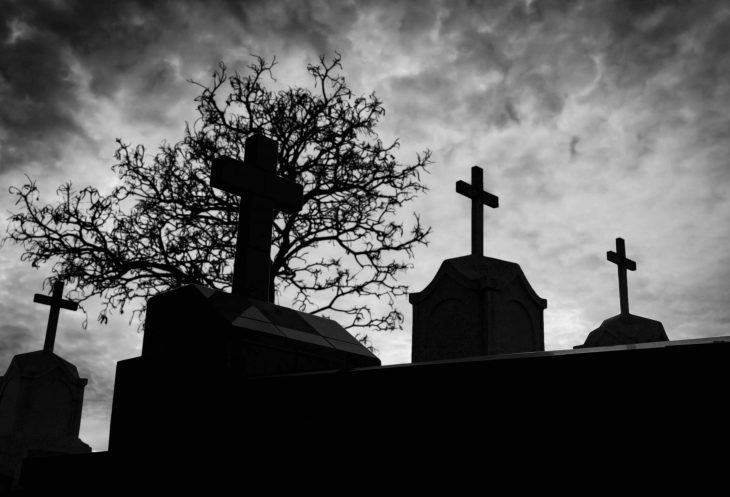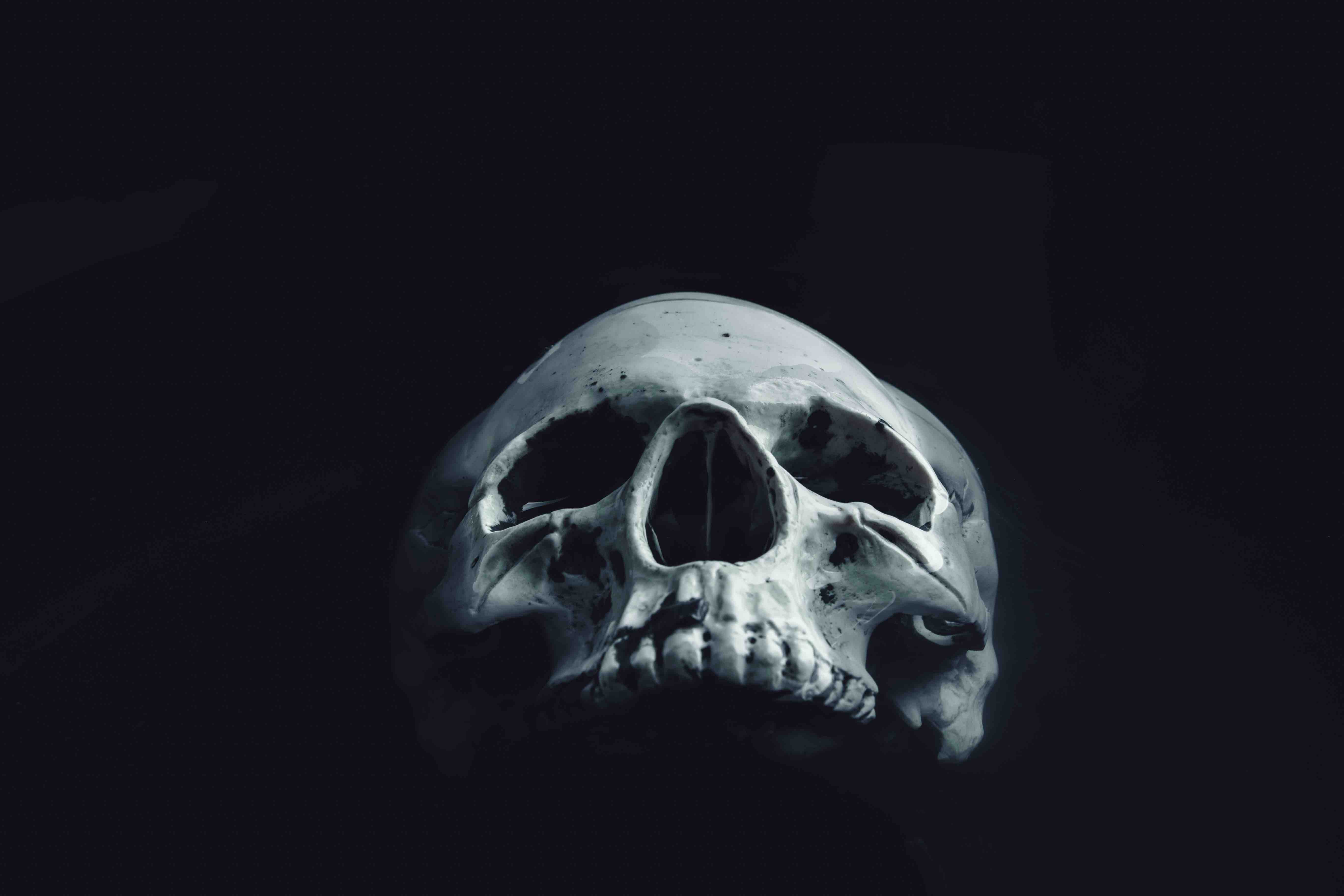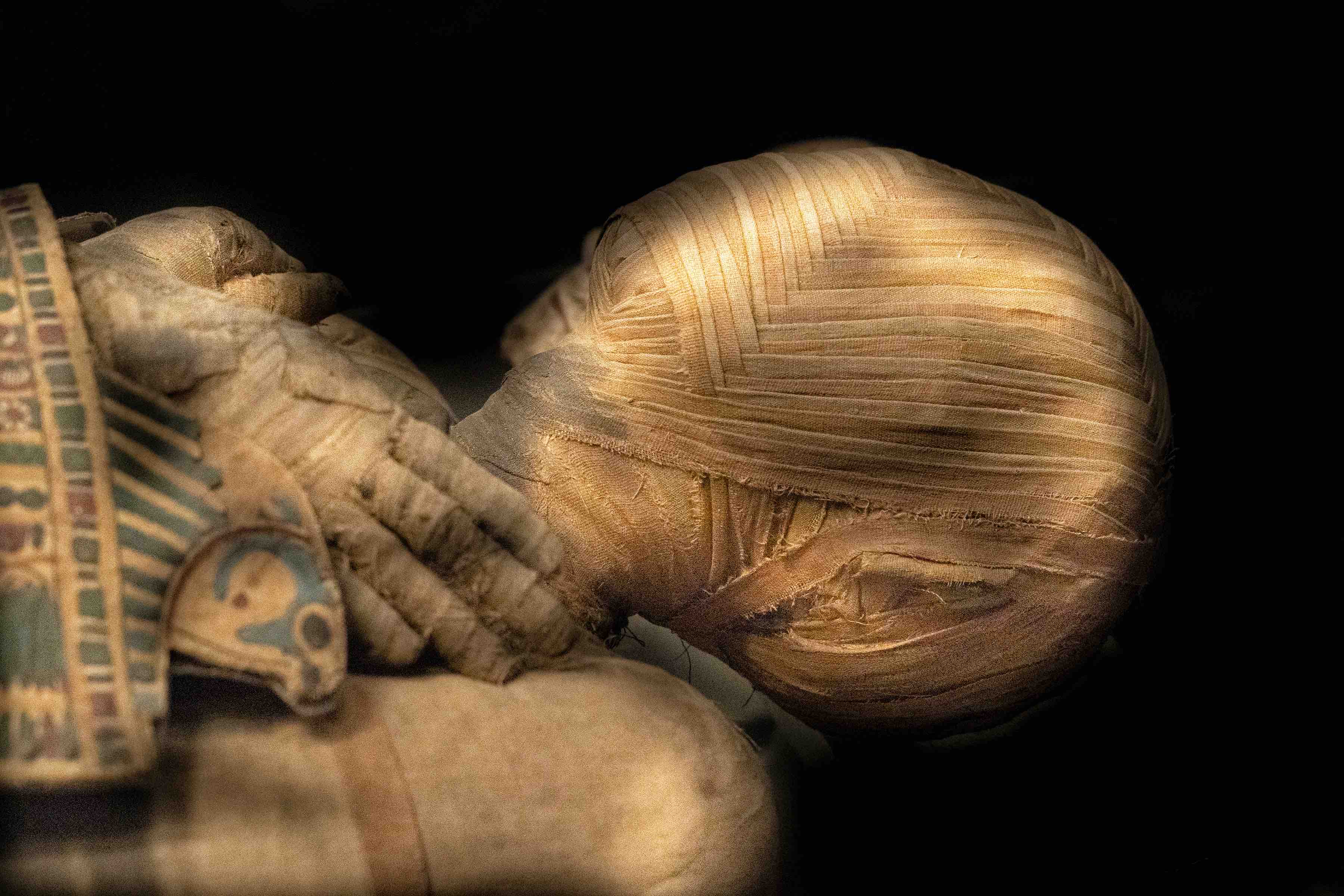
Death is a universal part of life, the final frontier that every living thing must eventually traverse. Despite its inevitability, death remains one of the most mysterious and intriguing aspects of human existence. Join us on a journey beyond the veil as we explore 19 creepy facts about death.
Disclaimer: This article is intended to inform and engage readers and is not meant to cause distress.
After death, hair and nails don’t really “grow”.
A common belief is that hair and nails continue to grow after death. This is a myth. What actually happens is the skin dries and contracts around the hair and nails, making them appear longer.
Rigor mortis means “Stiffness of Death”.
Rigor mortis, Latin for “stiffness of death,” is set in 2 hours after death, starting first with the face. Then, it progresses to the limbs, which take about 6-8 hours after death to complete. Rigor mortis then continues through the entire body, taking about 24 hours after death to complete. It’s a natural process that occurs when the body’s muscles stiffen after death due to a series of biochemical changes.

The body decomposes four times faster in water.
A body decomposes four times faster in water than on land. The wet environment promotes the rapid proliferation of bacteria, which accelerates decomposition. That said, under hot and humid conditions, a body can decompose faster than that in water if the water is cooler.
Death masks were historically important.
In the past, “death masks” were made immediately after someone died. These were plaster casts of the deceased’s face, used to memorialize them or create portraits.
Bodies can explode after death.
Bizarre but true: in rare cases, bodies can explode due to the buildup of gases and fluids during decomposition. This is more likely to occur in sealed coffins. Bodies usually start to bloat 3-5 days after death and can explode anytime between 8-10 days after death.
The world’s largest cemetery is in Iraq.
The Najaf cemetery in Iraq is the largest in the world, spanning about 1500 acres and containing millions of bodies.
The “Smell of Death” has a fruity scent.
There’s a distinctive smell associated with death, primarily due to the gases released during decomposition. These include methane, ammonia, and sulfides. The decomposing body will usually have an unbearable rotting smell with a fruity undertone.
Brain activity can continue after death.
In some cases, brain activity has been observed to continue for a short time after death. However, consciousness does not persist, and the phenomena is still not fully understood.

One’s sense of is believed to be the last to go.
While it’s hard to confirm, experts suggest that the dying person’s sense of hearing is the last to go. This has implications for loved ones wishing to say their final goodbyes.
The death rattle is a chilling sound.
The “death rattle” is a chilling term for a sound produced by dying individuals when they can no longer swallow or cough up secretions in the throat.
Body farms are used for research purposes.
Body farms” are places where human bodies are left to decompose in various conditions for scientific research. This research aids in forensic science, particularly in determining the time and manner of death in criminal investigations.
Tibetan traditions include allowing vultures to consume a deceased body.
In Tibetan culture, a traditional “sky burial” involves leaving a deceased person’s body to be consumed by vultures. This practice is based on Buddhist beliefs of impermanence and the cyclical nature of life and death.
Death from a broken heart is possible.
Broken heart syndrome” is a real medical condition, also known as stress-induced cardiomyopathy. It can cause severe heart muscle failure, leading to life-threatening conditions and even death.

Near-death experiences depicted in movies are not always made up.
Near-death experiences are reported phenomena where people clinically dead or close to death describe profound experiences of moving through a tunnel, seeing bright lights, or having a sense of peace. Seems like what is portrayed in movies aren’t that fictional after all.
The Internet remembers the dead.
There are more profiles of dead people on Facebook than living ones, and if the social network continues to grow at current rates, the dead could outnumber the living by 2070.
The world is exploring how to deep freeze dead people.
Cryonics involves freezing legally-dead people to resurrect them in the future. The process is highly controversial and success is purely hypothetical as of now.
Japan’s self-mummification till death was considered assisted suicide.
Some Buddhist monks in Japan practiced self-mummification, also known as sokushinbutsu, while still alive, a process that could take over three years. This involved a strict diet, sealing oneself in a tomb, and meditating until death. It was practiced from the 11th to 19th century until it was banned in 1897.

The Cotard Delusion is also called the “walking corpse syndrome”.
The Cotard Delusion is a rare mental condition where people believe they’re dead or missing organs. This “walking corpse syndrome” demonstrates how complex and mysterious the human mind can be.
Death is not the end for the body.
Even in death, our bodies can give life. Organ donation, body composting, and medical research are all ways the human body can contribute positively after death.
Final Word
In the end, death is as much a part of life as birth. It remains one of the greatest mysteries of human existence, simultaneously fascinating and chilling. As we continue to explore and understand it, we can also learn to appreciate the beauty and fragility of life.
Was this page helpful?
Our commitment to delivering trustworthy and engaging content is at the heart of what we do. Each fact on our site is contributed by real users like you, bringing a wealth of diverse insights and information. To ensure the highest standards of accuracy and reliability, our dedicated editors meticulously review each submission. This process guarantees that the facts we share are not only fascinating but also credible. Trust in our commitment to quality and authenticity as you explore and learn with us.
